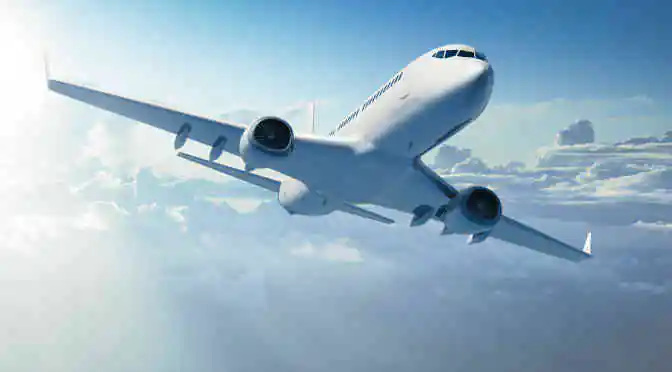Amphibious assault vehicles (AAV) are highly mobile, fully tracked vehicles that are used to transport troops and materiel over water or any hostile territory. AAVs are capable of open ocean operations like offshore shipping through rough seas, plunging surf, crossing rough terrain, and high-speed performance on improved roads. Capable of thwarting enemies across land or water, AAVs have emerged as an integral part of military arsenals across the globe. In 2015, the global AAV market stood at $9.33 billion, and, according to analysts at Technavio, will reach over $14 billion by 2020, growing at a CAGR of 9%.
The growing demand for amphibious vehicles for natural disaster response and the rapid deployment of armed forces are the two major drivers of the global AAV market. These drivers also explain why a number of nations are aggressively investing in AAVs.
Geographical segmentation of the global AAV market
Americas
With a market value of $8 billion, the Americas account for the largest share of AAVs in the world. As the economies of these nations have grown, so has their investment in the defense sector. Last year, Brazil and the US signed contracts with BAE Systems, Austal, and SAIC to design, develop, and provide the latest AAV models.
At present, approximately 90% of the world’s AAVs are owned by the Americas. In fact, the US alone has 2600 AAVs out of the 2762 in the region. By 2020. the American AAV market will grow at a CAGR of 6%.
APAC
The Asia Pacific nations (APAC) have witnessed steady economic growth in the past few years. With the goal of improving their ability to tackle natural disasters, along with a desire to have state-of-the-art military equipment, the APAC countries have gradually turned their focus to the procurement of AAVs. The issue of territorial disputes is another major reason why countries in this region have increased their defense spending over the past few years. For example: in 2015, Taiwan signed a contract with BAE Systems worth $375 million for 36 AAV7A1 vehicles. Japan’s Marine Self-Defense Forces, on the other hand, commissioned the Izumo-class amphibious assault ship that same year.
Analysts at Technavio predict that by 2020, China will have around 586 AAVs, South Korea will have 205, and Thailand will have 66.
EMEA (Europe, Middle East and Africa)
As of 2015, the EMEA nations owned 88 AAVs in total, and with greater investment in sea border security by Germany, Italy, Poland, Russia, Spain, and the UK, this number is expected to increase to 309. Russia in particular has upped its defense spending, making it the third highest spender after China and the US. Poland and the Czech Republic are also investing aggressively in the AAV market. In 2014, Poland signed a contract with Rheinmetall, Polish Armaments Group (PGZ), and OBRUM Gliwice research unit to jointly manufacture APVs as well as replace the present outdated Soviet-designed vehicles with AAVs.
Overall, it is clear that AAVs are in high demand – whether for relief and rescue operations or for defense purposes. Some of the leading vendors in the global amphibious assault vehicle market include BAE Systems, Lockheed Martin, General Dynamics, Thales and Mitsubishi.
Pre-order the 2016-2020 Global Amphibious Assault Vehicle Market Report at 20% Off



